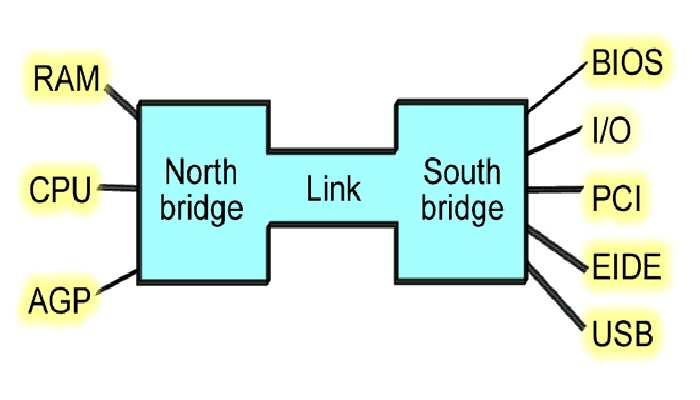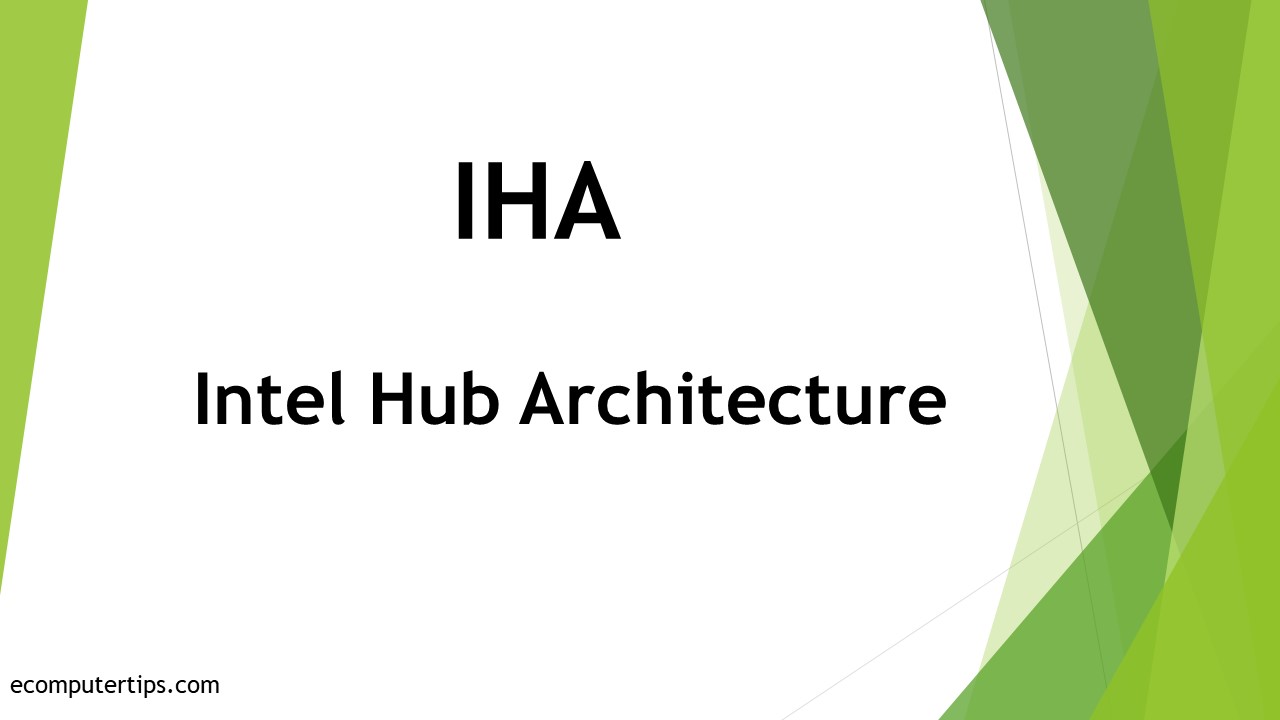In This Article
What is Intel Hub Architecture (IHA)?
Intel Hub Architecture or IHA refers to the motherboard design that has two specific parts such as Graphics and AGP Memory Control Hub and I/O Controller Hub.
Technically, these parts replace the Northridge and the Southbridge where the GMCH acts as the Northbridge to control the memory and AGP and the ICH handles the PCI controller and the I/O ports.
KEY TAKEAWAYS
- IHA is also found on the 800 series motherboards of Intel which replaces the Northbridge and Southbridge and makes it faster.
- Released in 1999, this specific design was high in demand till it was replaced by the Platform Controller Hub in 2008.
- With faster operation than the Northbridge and Southbridge, IHA allows faster data and I/O transfers.
Understanding Intel Hub Architecture (IHA)

Intel Hub Architecture consists of a Memory Controller Hub or MCH and an Input Output Controller Hub or ICH in place of the Northbridge and a Southbridge in the architecture.
These are connected together by a bus that operates typically at 266 MB/s.
Found on all 800 series chipsets of Intel, the functions of the MCH involves controlling the memory and the AGP or Accelerated Graphics port and the ICH controls the I/O ports.
In addition to that, the ICH chip also provides connectivity for different buses and devices such as:
- PCI or Peripheral Component Interconnect
- USB or Universal Serial Bus
- Sound
- IDE or Integrated Drive Electronics hard disks and
- LAN or Local Area Network.
IHA is a part of the development spree of Intel and was released in the year 1999.
This particular Intel Architecture was high in demand and used extensively till 2008 until it was replaced by the Platform Controller Hub or PCH.
This specific Intel architecture is easily distinguishable by its features which enhance its functionality. Some of these features include:
- Faster data transfer according to the type of data assigned
- Faster operation than Northbridge and Southbridge
- Separate data path to transfer data and
- Faster I/O transfers and is accessible to high speed networks.
The second version of this architecture is also available and is called IHA 2.0 and offers similar functional benefits as the original.
This particular version was used in the E7000 server chipset line of Intel.
This new revision offered dedicated paths to transfer data to and from the MCH at a speed higher than 1.0 GB/s.
It also supports the I/O segments allowing faster access and greater reliability while using high speed networks.
Typically, IHA is quite a cost effective option which makes data transfer much easier.
Ideally, data in this particular architecture is transmitted according to the requests made by the users.

What is IHA on Motherboard?
The IHA on the motherboard is actually the replacement for the Northbridge and Southbridge and is used in the 800 series chipsets of Intel.
These boards have an I/O Controller Hub or ICH and a Graphics and AGP Memory Controller Hub or GMCH.
This makes it much faster than the previous Northbridge/Southbridge design.
Conclusion
Intel Hub Architecture surely was a useful innovation that increased the operations speed of the motherboards by replacing the Northbridge and Southbridge with MCH and ICH.
However, with the advent of PCH, the extensive use and demand of IHA subsided, pushing it almost to oblivion.